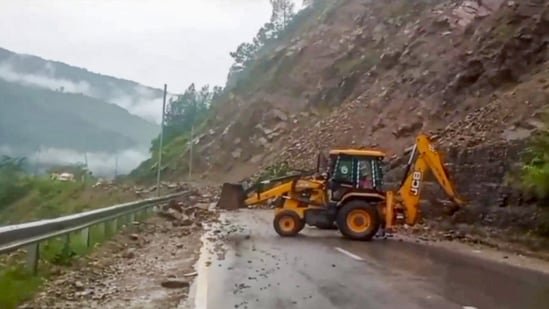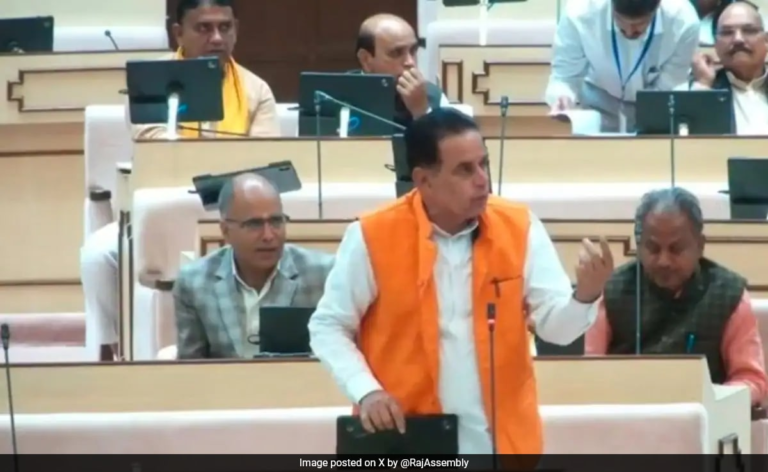
Is the ongoing construction of the Char Dham all-weather highway in Uttarakhand triggering more frequent landslides and cave-ins? This question emerged after the collapse of a 100m stretch of the Rishikesh-Badrinath highway, a part of the controversial ₹12,000 crore project in the hill state that aroused the ire of environmentalists and local residents. The cave-in occurred near Maithana in Chamoli district on Tuesday, with only one of the four lanes of the highway surviving the landslide. Green activists will say this eventuality was foretold. The problem of subsidence in the area was known at least four years ago, and the National Highways and Infrastructure Development Corporation Limited even sought to contain the damage. But the torrential showers that have pounded the hill state this monsoon appear to have caused water to leach into the soil, loosening the foundation of the roads and making them prone to subsidence. Triggered by the climate crisis, extreme weather events are only going to rise. In a region where the Himalayas are still active, this likely means more unpredictable events for the authorities to battle.

The government has defended the Char Dham project as being of strategic importance, crucial to improving connectivity and for easier transport of troops. The project is also expected to boost tourism, bring more development to remote regions and fulfil local aspirations. But the repeated incidents show that this must be balanced with a fragile ecosystem. For this, carrying capacity studies must be expedited, and conducted transparently. As an environmental expert told this newspaper, when the damage is out of control, mitigation doesn’t appear possible. So it would be best to avoid the damage in the first place.
(This analysis is published through a synidicated feed courtesy Hindustan Times)






